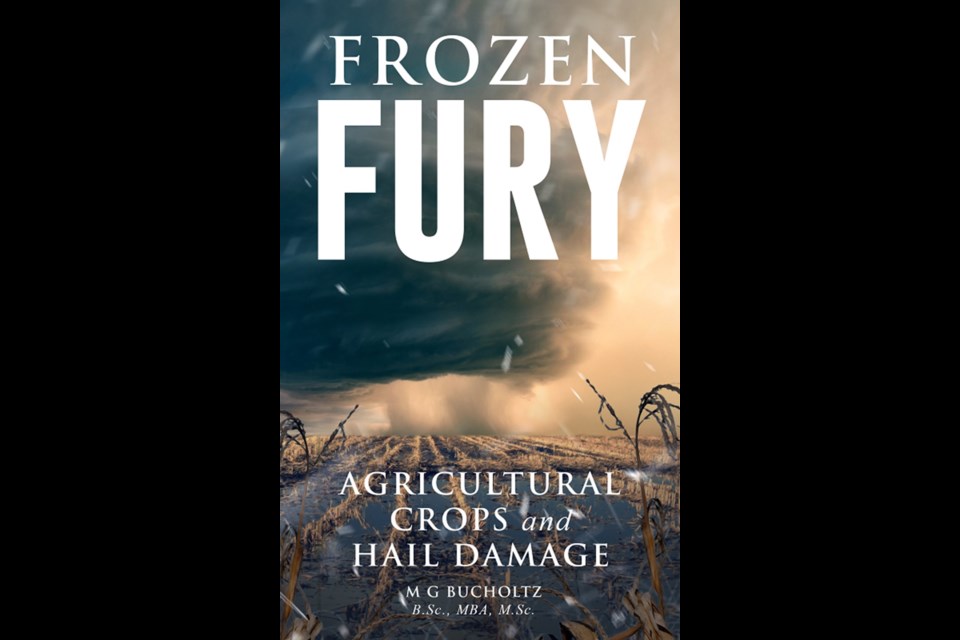Frozen Fury: Agricultural Crops and Hail Damage by Malcolm Bucholtz, published in March 2022 by Wood Dragon Books in Mossbank, serves as a resource for farm operators, agricultural students, and hail adjustors.
Bucholtz is a lifelong learner with a passion for math and science. His background includes 16 years in the Canadian steel industry as an engineer; a master’s in business administration from Heriot-Watt University in Edinburgh, Scotland that led to a second career in finance; and a master's of science in brewing and distilling in 2017, also from Heriot-Watt.
He is the author of 19 books. His first book, The Bull, the Bear and the Planets (2013), along with many of his subsequent works, gives readers important tips on how to trade the financial markets using ancient principles of Freemasonry, esoteric mathematics, planetary transit lines, and astrological principles.
He is an avid home brewer and regular teaches technical courses related to the science of brewing and distilling.
Bucholtz begins Frozen Fury with a basic explanation of weather and climate, and asks whether the current climate change trends are totally due to human activity.
“Frozen Fury seeks to educate the reader as to other scientific factors that are contributing to climate change,” Bucholtz explained in an email. “Factors such as the angle of tilt of the Earth, the orbital path of the Earth around the Sun and the rotational wobble of the Earth all have been proven to have contributed to periods of climate change going back hundreds of thousands of years.”
Bucholtz concludes that climate change is due to a combination of variability in Earth’s orbital patterns, natural disasters such as volcanic eruptions, and anthropogenic (human-caused) factors. He says climate change is driving an increase in severe or erratic weather — including hail storms.
What, then, he goes on to ask, can we do to mitigate the damage caused?
Bucholtz dives into the birth of agriculture, reviews the science on hail formation in clouds, notes the experiments conducted around the world in attempting to suppress hail storms, explains how seeds germinate and the stages of their growth, how crops at various stages are affected by hail, and more.
It makes for dense reading, but Bucholtz remains dedicated to providing simple explanations using diagrams, simple language, and bullet point summaries at the end of each chapter.
“While researching this book,” Bucholtz said, “(I) discovered that our high school educational system is not teaching students enough about how crops grow.
“What is also not being taught in school is the fact that agricultural crops that experience hail damage will recover to varying degrees.”
Bucholtz became a hail insurance adjuster in 2020, and there are several sections in the book addressed directly to fellow hail adjusters, such as advice on collecting evidence and integrating technology into hail adjusting.
He notes that hail insurance is highly evidence-based, structured around academic research on the extent to which various crops will recover and re-grow after being damaged by hail.
That information makes Frozen Fury an especially helpful resource for farm operators. The book can help them decide on strategies to mitigate crop damage, how much insurance to have, and how to help insurance adjusters assess damage accurately.
Bucholtz includes a glossary and reference list at the conclusion of his book, which will surely prove an indispensable part of reading it.
Agriculture is the foundation of society — in fact, society didn’t exist before the Agricultural Revolution. It remains a $2.5 trillion industry and the only source of food for the human population, which recently exceeded eight billion.
If civilization is to cope with the effects of climate change on agriculture, books such as Frozen Fury will prove important.




